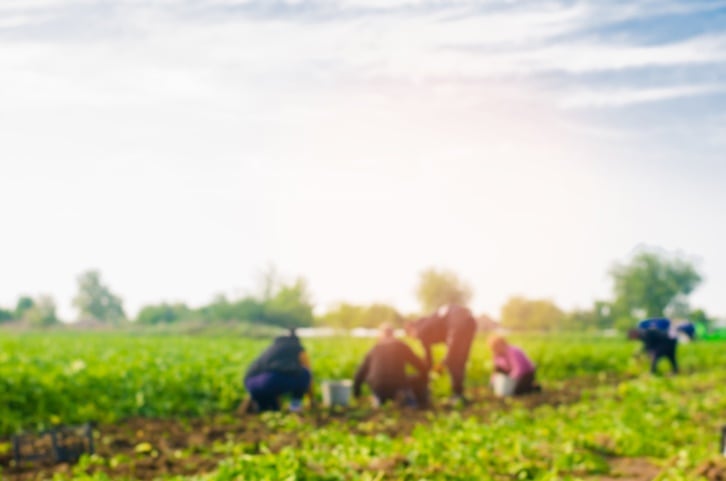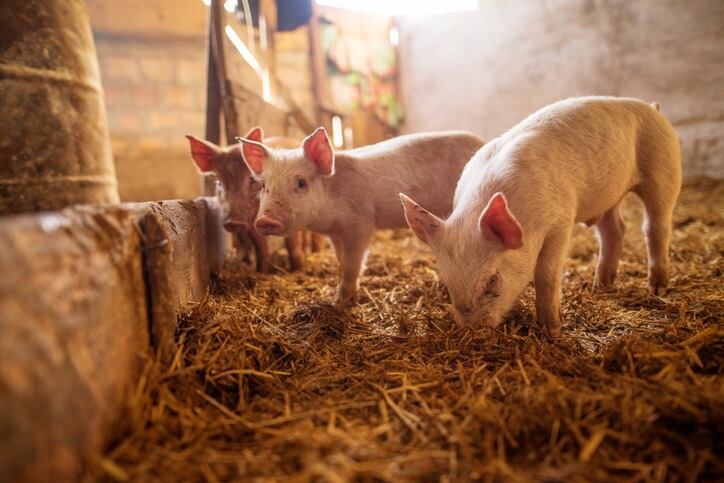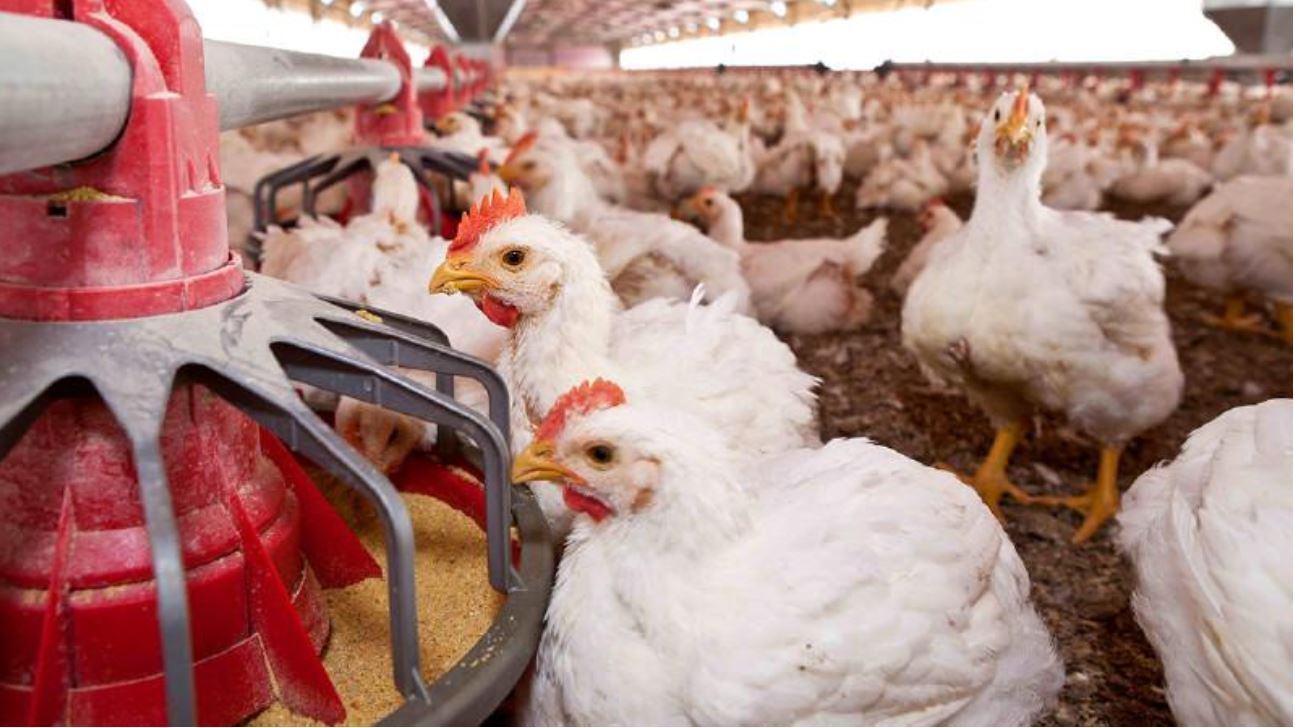As such, the company commits in its recently released FY 2018 Sustainability report to continue its efforts to reduce its greenhouse gas emissions by 30% by 2030, cut its water use intensity by 12% by 2020, increase sustainable land stewardship practices on 2 million acres of corn by the end of 2020, and help ease food insecurity, among other ambitious goals.
While Tyson is on track to meet many of these goals, its leadership recognizes that to maximize the company’s impact it needs help – which is why it is teaming with a diverse set of stakeholders.
“We recognize that Tyson’s scale and expertise give us both a responsibility and opportunity to make a real impact when it comes to sustainability, but we also know we can’t do it alone. Collaborating with our partners who share our same vision has been key to our progress in meeting our goals across five pillars: environment, food, community, workplace and animal welfare,” Kevin Igli, senior vice president of sustainability and chief environmental officer at Tyson, told FoodNavigator-USA.
He noted that while the company is excited to be performing at or above its targets across a majority of its commitments, including its 2015 pledge to give $50 million in cash or in-kind donations to fight hunger by 2020, it recognizes “there is still more to come.”
Which is why Igli said that Tyson Foods is looking “forward to what’s to come and working with our partners for continued impact.”
Partnerships will help Tyson reach sustainability goals
One of these partners is the World Resources Institute, which Igli said helped Tyson develop a science-based greenhouse gas reduction target of 30% by 2030 across its value chain and is now helping the company to create a roadmap to meet its goal.
“When we set our goals, we knew that they were ambitious and would take steadfast commitment and alignment across the entire supply chain to achieve success. While there will always be new challenges to address, our partnership focuses on collaboration and proactively anticipating and tracking challenges before they arise,” Igli said. “Overall,” he added, “partnerships are critical in enabling us to act on shared values, and third parties such as WRI help challenge our thinking to advance sustainability on a global scale.”
Tyson also has partnered with the Environmental Defense Fund to help accelerate its sustainable food production goals through two pilot programs, which if successful, will enhance its ability to monitor and transform its environmental measures, according to the company’s sustainability report.
Igli explained that the first project will pilot and scale sustainable land stewardship practices on 500,000 acres of row-crop corn with the ultimate goal of working with farmers to reduce greenhouse gas emissions, improve water quality and maximize farmer profitability.
“The pilot leverages cloud-based agricultural technologies from MyFarms and Farmers Business Network to collect data on production practices,” Igli said. “The data is then used to inform best practices at the filed level to help create more sustainable farming and efficiencies for farmers.”
Currently, Tyson is recruiting farmers to participate in the program, which Igli says has been well received.
Tyson teams with partners to ease food insecurity
Tyson also is partnering with several organizations to help address “the pervasive issue of hunger,” and deliver on the company’s mission to “raise expectations for how much good food can do,” Igli said.
For example, Tyson has partnered with Feeding America to donate roughly 16 million servings of protein as well as provide volunteers, service and disaster relief deployment to support its network of food banks.
“To address hunger through partnerships, we also work with No Kid Hungry, focused on providing afterschool and summer meals and getting kids the nutrition needed to grow and thrive,” Igli said, noting that so far Tyson grant awards are projected to add 648,234 afterschool meals in the 2018-19 school year.
In addition to easing hunger, Tyson has partnered with Upward Academy to help its employees reach their full potential by offering English as a second language and financial literacy courses to its team members on “the front-line.”
Upcoming challenges and opportunities
As Tyson continues to look for solutions to feed a growing population, Igli said the company is exploring new partnerships that will accelerate its progress around its next phase of initiatives, including a focus on renewable energy, sustainable packaging and waste reduction.
“Another opportunity is in our disaster and hunger relief efforts,” Igli said, explaining Tyson is exploring “RC View, a new disaster event management system, created by the American Red Cross, that enables organizations to share visual situational awareness and get real-time data to better manage disaster operations.”
Overall, Igli acknowledges that Tyson has set a bold agenda across categories, but he is confident that with help from its partners the company will continue find “new solutions in unexpected places.”




